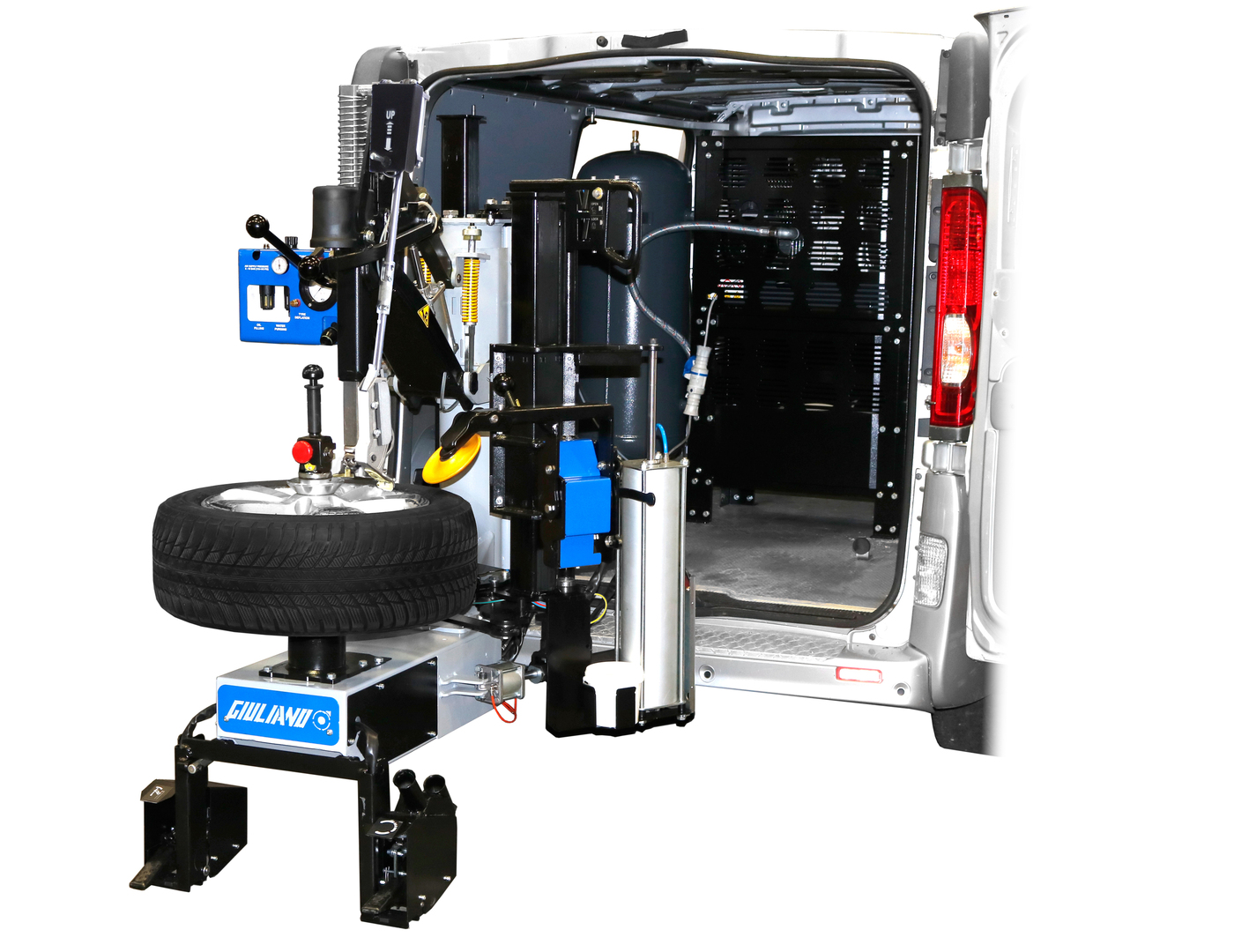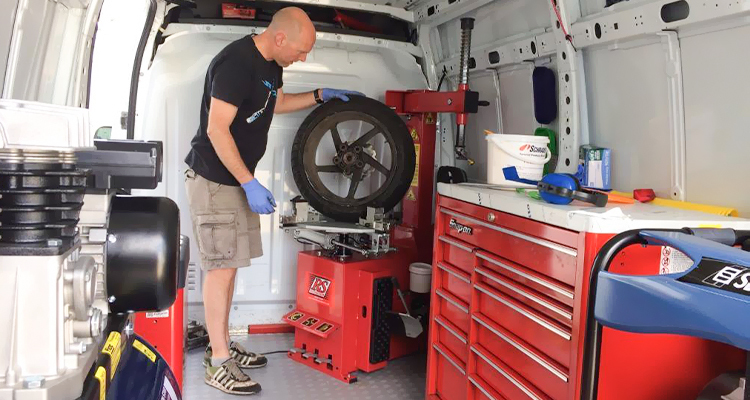Tire Solution: Proven Techniques for Ideal Tire Upkeep and Care
Keeping optimal tire problem is critical for both security and performance of any vehicle. From making certain appropriate tire pressure to routine rotation and placement, there are tried and tested methods that can dramatically prolong the lifespan of your tires and improve general driving experience. As we discover the ins and outs of tire treatment and maintenance, we will certainly discover necessary standards that every lorry owner must follow for the very best feasible outcomes. Let's dig into the world of tire solution and discover the tricks to maintaining your tires in first-class shape for the long haul.
Relevance of Tire Stress
Correct tire stress is a crucial variable in guaranteeing optimal car performance and security when driving. Keeping the recommended tire pressure degrees supplied by the supplier provides many advantages. To start with, ample tire pressure promotes much better fuel effectiveness, as under-inflated tires can cause raised rolling resistance, causing the engine to work more challenging and take in more gas. Right tire pressure makes sure also tread wear, boosting tire long life and conserving cash in the long run by delaying the need for early substitutes. Additionally, effectively pumped up tires add to boosted handling and braking abilities, essential for risk-free driving in numerous road problems. Over-inflated tires, on the various other hand, can cause decreased traction and a harsher adventure. On the other hand, under-inflated tires are prone to getting too hot, which can cause blowouts and mishaps. Frequently changing and inspecting tire pressure, specifically eventually trips, is a simple yet efficient means to boost car efficiency, prolong tire lifespan, and focus on security when traveling.
Tire Rotation Standards
When considering tire turning guidelines, it is necessary to understand the importance of this maintenance job in making the most of tire life expectancy and maintaining optimum automobile efficiency. Tire turning involves transforming the position of each tire on a vehicle to make certain also tread wear. Front tires have a tendency to use more promptly than back tires as a result of guiding forces, making normal rotation crucial for well balanced wear patterns. The suggested rotation pattern differs relying on whether a vehicle is front-wheel, rear-wheel, all-wheel, or four-wheel drive. Generally, tires must be turned every 5,000 to 7,500 miles, or as recommended in the automobile guidebook. Neglecting tire rotation can cause irregular wear, affecting handling, grip, and potentially compromising lorry safety and security. By adhering to proper rotation guidelines, motorists can expand the life of their tires, improve gas efficiency, and boost overall Source driving experience. Routine turning is a straightforward yet effective maintenance method that adds dramatically to tire durability and automobile efficiency.

Advantages of Wheel Alignment
Making sure correct wheel positioning after tire turning is critical for preserving balanced wear patterns and optimizing car efficiency. Wheel placement describes the change of the angles of the wheels to the supplier's specifications. One of the key advantages of wheel positioning is enhanced guiding and managing reaction. When the wheels reference are correctly lined up, it lowers guiding initiative, guaranteeing a smoother and more regulated driving experience. Furthermore, right wheel placement helps to prolong the life expectancy of your tires. Misaligned wheels can create unequal tire wear, causing early tire replacement and raised upkeep prices.

Tire Tread Depth Check
Executing a routine inspection of tire tread depth is vital for maintaining safe driving conditions and extending the life expectancy of your tires. The walk on your tires plays a vital duty in giving grip, particularly in damp or slippery conditions. To inspect your tire tread deepness, you can utilize a step depth scale or the penny examination. The suggested tread depth is at the very least 2/32 of an inch. If the walk deepness is below this limit, it is time to replace your tires to make sure optimum efficiency and security when traveling. Irregular step wear can suggest issues with tire suspension, positioning, or stress, highlighting the significance of routine tread deepness checks. Overlooking to check and maintain correct walk depth can cause decreased grasp, longer stopping distances, and a boosted risk of hydroplaning. By incorporating tire step deepness explore view it now your regular upkeep timetable, you can drive with confidence knowing that your tires remain in leading condition.
Seasonal Tire Assessment
Seasonal tire evaluation is an essential aspect of tire maintenance that guarantees tires are ready to face the difficulties positioned by different climate problems. In preparation for wintertime, it is essential to check the tire stress regularly as cold temperatures can cause tire pressure to go down. By performing regular seasonal tire inspections, vehicle drivers can lengthen tire lifespan, enhance fuel effectiveness, and most significantly, make certain a secure driving experience in differing climate problems.
Verdict
To conclude, preserving correct tire pressure, revolving tires regularly, aligning wheels appropriately, keeping track of tread deepness, and carrying out seasonal evaluations are important practices for optimal tire treatment. By complying with these proven methods, vehicle drivers can guarantee their tires last much longer, execute far better, and add to total lorry security. It is essential to prioritize tire upkeep to avoid mishaps, boost gas efficiency, and lengthen the life expectancy of tires.
Adequate tire pressure advertises much better gas efficiency, as under-inflated tires can lead to boosted rolling resistance, causing the engine to work more difficult and eat even more gas.When thinking about tire rotation guidelines, it is crucial to comprehend the significance of this maintenance task in optimizing tire life-span and maintaining ideal vehicle efficiency. Seasonal tire inspection is an essential facet of tire maintenance that makes certain tires are all set to deal with the challenges postured by various weather condition conditions. By conducting routine seasonal tire assessments, motorists can prolong tire lifespan, enhance gas effectiveness, and most importantly, guarantee a safe driving experience in varying weather conditions.
In verdict, maintaining correct tire stress, revolving tires routinely, aligning wheels correctly, keeping track of step deepness, and carrying out seasonal evaluations are crucial methods for optimum tire care.